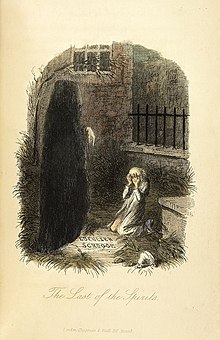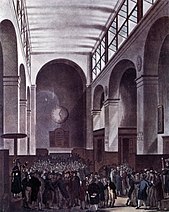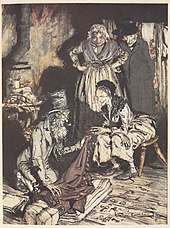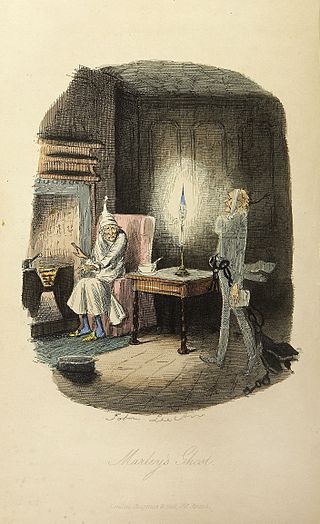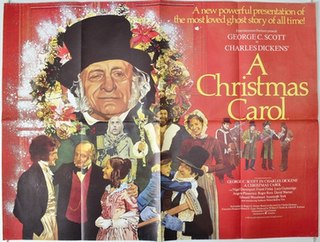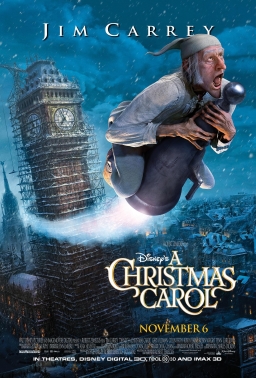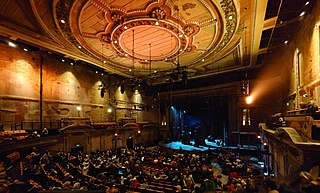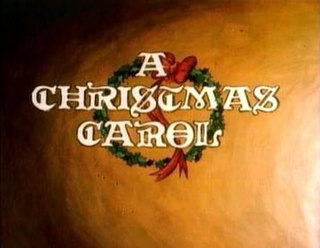The Spirit stood among the graves, and pointed down to One. He advanced towards it trembling. The Phantom was exactly as it had been, but he dreaded that he saw new meaning in its solemn shape.
"Before I draw nearer to that stone to which you point," said Scrooge, "answer me one question. Are these the shadows of the things that Will be, or are they shadows of things that May be, only?"
Still, the Ghost pointed downward to the grave by which it stood.
"Men's courses will foreshadow certain ends, to which, if persevered in, they must lead," said Scrooge. "But if the courses be departed from, the ends will change. Say it is thus with what you show me."
The Spirit was immovable as ever.
Scrooge crept towards it, trembling as he went; and following the finger, read upon the stone of the neglected grave his own name, EBENEZER SCROOGE.
"Am I that man who lay upon the bed?", he cried, upon his knees.
The finger pointed from the grave to him, and back again.
"No, Spirit! Oh no, no!"
The finger still was there.
"Spirit!", he cried, tight clutching at its robe, "hear me. I am not the man I was. I will not be the man I must have been but for this intercourse. Why show me this, if I am past all hope?"
For the first time, the hand appeared to shake.
"Good Spirit," he pursued, as down upon the ground he fell before it: "Your nature intercedes for me, and pities me. Assure me that I yet may change these shadows you have shown me, by an altered life."
The kind hand trembled.
"I will honour Christmas in my heart, and try to keep it all the year. I will live in the Past, the Present, and the Future. The Spirits of all Three shall strive within me. I will not shut out the lessons that they teach. Oh, tell me I may sponge away the writing on this stone!"
In his agony, he caught the spectral hand. It sought to free itself, but he was strong in his entreaty, and detained it. The Spirit, stronger yet, repulsed him.
Holding up his hands in a last prayer to have his fate reversed, he saw an alteration in the Phantom’s hood and dress. It shrunk, collapsed, and dwindled down into a bedpost. [18]
The Ghost of Christmas Yet to Come reveals to Scrooge the future consequences of his past and present actions: his lack of sympathy for the poor; his ill-treatment of his clerk Bob Cratchit; that the Cratchit's family poor health will result in the death of the Cratchits' disabled young son, Tiny Tim. Scrooge's past and present actions have left him "solitary as an oyster", and his lonely death is revealed, with no one to mourn and having become an opportunity for others to profit - if only with a free lunch. The last of the Spirits gives Scrooge a final chance at redemption, to start life anew, and to make reparation to his nephew Fred, to the Cratchits, and the poor of London - his "fellow passengers to the grave". His redemption complete, [14] Scrooge will 'live in the Past, the Present, and the Future.' [19]
